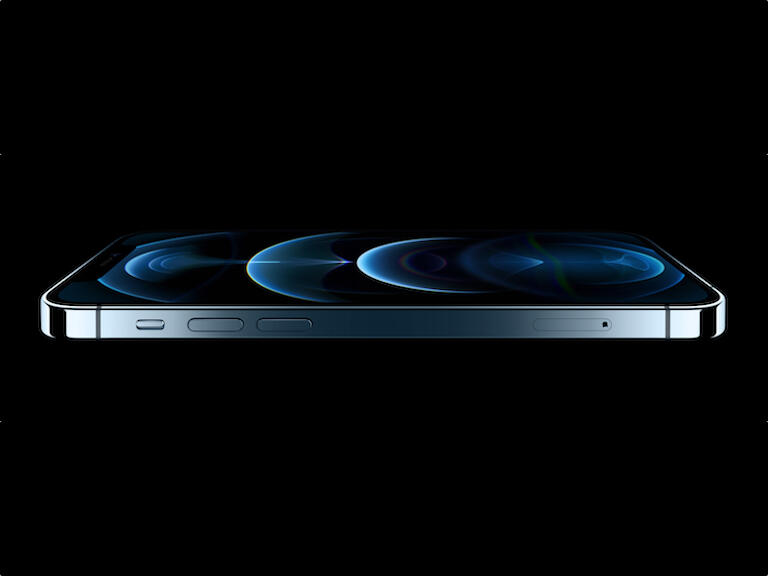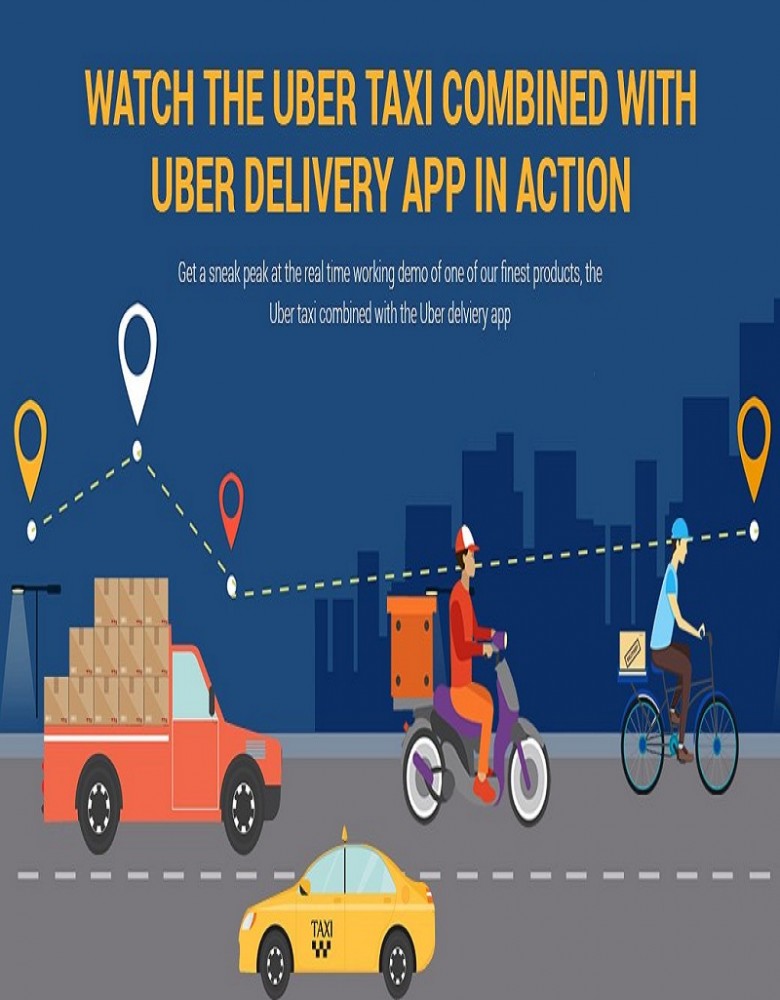How to Make a Tinder Clone App? A Detailed Guide!
Learn how to build a Tinder clone app from scratch with essential features, technology stack, design tips, and launch strategies.

The popularity of dating apps like Tinder has skyrocketed in recent years, sparking a surge in demand for similar platforms. Building a Tinder clone app has become a profitable venture for developers looking to tap into the growing online dating industry. Whether you're an aspiring app developer, an entrepreneur, or partnering with a tinder clone app development company, this blog will guide you through the essential steps needed to create a Tinder clone app from scratch.
1. Research the Market
Before jumping into development, start by researching the market. Identify the needs of users and the features that make Tinder so successful. Focus on aspects such as user profiles, swiping functionalities, messaging, notifications, and security. The better you grasp the market dynamics, the more you’ll be able to create a competitive product.
While analyzing Tinder, take note of its core features, including:
- User profiles with pictures and short bios
- Swiping functionality (left to reject, right to like)
- Matches and messaging features
- Geolocation and proximity-based matching
- Social media integrations for easier sign-ups
- In-app purchases and premium features
By studying these elements, you can decide which features to replicate and how to add your own unique twist.
2. Define Key Features
A Tinder clone app should mirror the core functions of the original app while adding your own improvements. Here’s a list of features to consider:
User Authentication
Allow users to sign up via email, phone number, or social media accounts (Facebook, Google). This helps ensure that the process is easy, fast, and secure.
User Profile
Create a profile where users can upload pictures, write a short bio, and provide details like age, interests, and location. This is essential for users to connect with others based on their preferences.
Geolocation
Utilize geolocation to match users based on their proximity to each other. The app should only show profiles of people within a specific radius, making the matching process more relevant and engaging.
Swipe Functionality
The swipe feature is the most iconic aspect of Tinder. Build a swipe interface where users can swipe left to pass and right to like. Implement animations for an interactive experience.
Matches and Messaging
Once two users swipe right on each other, they should be notified about the match and allowed to send text messages. Incorporate real-time chat features to ensure instant communication.
Push Notifications
Push notifications should alert users when they have new matches, messages, or activity on their profile. Make sure notifications are timely and non-intrusive.
Security and Privacy
Ensure users feel safe while using your app. Implement measures such as encryption for sensitive data, anonymous profiles, and the option to report or block users.
Premium Features
Consider offering premium features such as super likes, unlimited swipes, or an ad-free experience. These can generate revenue through in-app purchases.
3. Choose the Technology Stack
To build a Tinder clone, selecting the right technology stack is crucial. Here are the main components you’ll need:
Frontend Development
The frontend is what users interact with. You’ll need to choose technologies based on your platform (iOS, Android, or both). Here are some options:
- For iOS: Swift or Objective-C
- For Android: Java or Kotlin
- For both: React Native, Flutter, or Xamarin
These frameworks allow you to create an app for both platforms with a single codebase, saving time and resources.
Backend Development
The backend supports the app’s functionality and stores data. Popular backend technologies include:
- Node.js with Express for building APIs
- Python with Django or Flask
- Ruby on Rails
- Java with Spring Boot
A robust backend will help manage user data, authentication, matches, and messages.
Database
For storing user data, including profiles and messages, you’ll need a reliable database. Consider these options:
- SQL databases like MySQL or PostgreSQL for structured data
- NoSQL databases like MongoDB for unstructured data
You can use cloud-based solutions such as AWS, Google Cloud, or Microsoft Azure to host your database.
Geolocation and Map Integration
Since Tinder uses location to match users, integrating geolocation services is essential. Use APIs like:
- Google Maps API for accurate location-based matching
- Mapbox for a customizable map interface
4. Design the User Interface (UI) and User Experience (UX)
The UI and UX of your app should be simple, intuitive, and engaging. Tinder’s interface is known for its clean design, which is easy to navigate. Here are some tips to design your Tinder clone:
Simplicity
Stick to a minimalist design that keeps users focused on the key actions: swiping, matching, and messaging. Avoid overwhelming users with too many options.
Profile Design
The user profile should display a profile picture, basic details, and a brief bio. You can add optional features like interests, hobbies, and photos from social media.
Swipe Feature
Design the swipe feature with large images to make the user experience enjoyable. Implement smooth animations for a more fluid interaction.
Chat Interface
Design the messaging interface to be simple and user-friendly. Allow users to send text, photos, or gifs, and include real-time notifications when they receive messages.
Match Screen
When two users like each other, create an engaging match screen that celebrates the connection with animations or sounds.
5. Develop the App
Once you’ve designed the app and selected the right technologies, it’s time to start development. Here’s a breakdown of the app-building process:
Set Up the Backend
Start by setting up the server and database. Write the API endpoints needed for user registration, profile management, match creation, and messaging.
Implement Geolocation
Integrate the geolocation feature using Google Maps or Mapbox API. Ensure that the app can track a user’s location in real-time and match them with nearby users.
Develop the Frontend
Develop the user interface based on your design. Implement features such as swipe functionality, profile views, and messaging screens.
Implement Push Notifications
Set up push notifications using services like Firebase Cloud Messaging (FCM) or OneSignal. These services will allow you to send real-time notifications to users.
Test the App
Testing is a critical phase of app development. Perform both manual and automated tests to ensure that the app functions correctly. Focus on features such as swiping, messaging, and matching to avoid any bugs that might disrupt the user experience.
Debug and Fix Issues
Based on the results of your testing phase, debug and fix any issues. Pay attention to performance optimization, such as loading times and smooth transitions, to ensure the app runs efficiently.
6. Launch the App
Once development and testing are complete, it’s time to launch your app. Follow these steps to get your Tinder clone app out into the world:
Create App Store Accounts
To publish your app on the App Store or Google Play Store, you need to create developer accounts. Be prepared to pay any associated fees (Apple charges $99/year, while Google charges a one-time fee of $25).
Prepare Marketing Materials
Create app screenshots, descriptions, and a promotional video to showcase the app’s features. Use these materials to attract potential users when your app is listed on the store.
Submit to App Stores
Submit your app for review by both the Apple App Store and Google Play Store. Follow each store's guidelines and requirements to avoid rejection.
Launch Campaign
Once approved, launch your app with a marketing campaign. You can promote the app through social media ads, influencer marketing, or partnerships to drive user acquisition.
7. Post-Launch Support and Updates
After your app is live, it’s essential to provide ongoing support and updates. Address any bugs or technical issues quickly, and release updates with new features to keep users engaged.
Monitor User Feedback
Pay attention to user reviews and ratings on the app stores. Respond to feedback, whether positive or negative, to show users that you care about their experience.
Add New Features
To keep your app fresh and competitive, consider adding new features based on user requests or trends in the dating app market.
Conclusion
Building a Tinder clone app requires careful planning, market research, and the right technology stack. By focusing on essential features like user authentication, swiping, geolocation, and messaging, you can create a dating app that meets the needs of modern users. Keep the design simple and intuitive, test thoroughly, and provide ongoing updates to maintain user engagement. With the right approach, your Tinder clone app can stand out in the crowded dating app market.
What's Your Reaction?


















/All_Nippon_Airways_Boeing_787-8_Dreamliner_JA801A_OKJ_in_flight-958bd939106045d19aa0c6c81a7d65c9.jpg)


